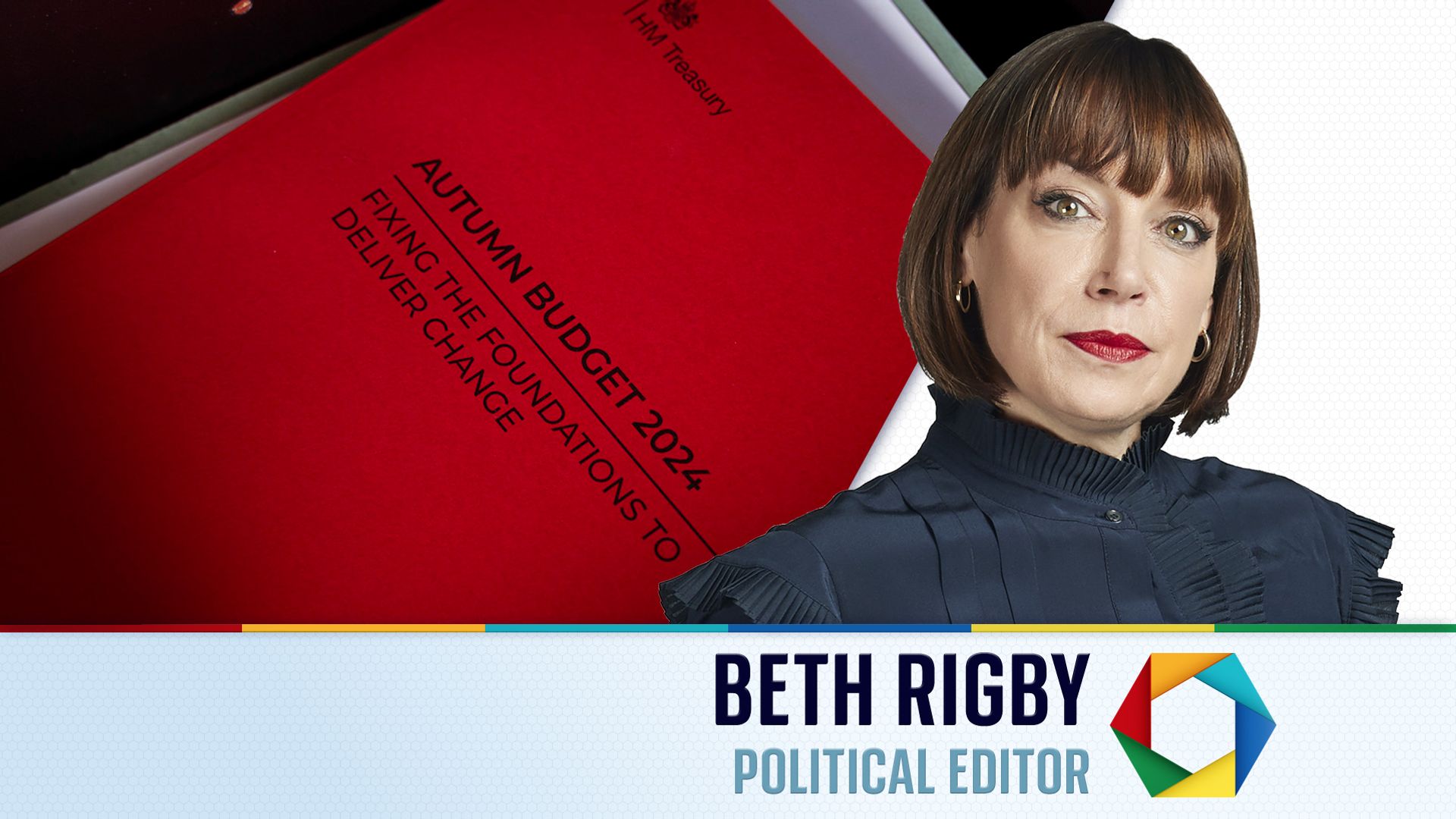After initially disabling the capability, OpenAI today announced that customers with access to DALL-E 2 can upload people’s faces to edit them using the AI-powered image-generating system. Previously, OpenAI only allowed users to work with and share photorealistic faces and banned the uploading of any photo that might depict a real person, including photos of prominent celebrities and public figures.
OpenAI claims that improvements to its safety system made the face-editing feature possible by “minimizing the potential of harm” from deepfakes as well as attempts to create sexual, political and violent content. In an email to customers, the company wrote:
“Many of you have told us that you miss using DALL-E to dream up outfits and hairstyles on yourselves and edit the backgrounds of family photos. A reconstructive surgeon told us that he’d been using DALL-E to help his patients visualize results. And filmmakers have told us that they want to be able to edit images of scenes with people to help speed up their creative processes … [We] built new detection and response techniques to stop misuse.”
The change in policy isn’t opening the floodgates necessarily. OpenAI’s terms of service will continue to prohibit uploading pictures of people without their consent or images that users don’t have the rights to — although it’s not clear how consistent the company’s historically been about enforcing those policies.
In any case, it’ll be a true test of OpenAI’s filtering technology, which some customers in the past have complained about being overzealous and somewhat inaccurate. Deepfakes come in many flavors, from fake vacation photos to presidents of war-torn countries. Accounting for every emerging form of abuse will be a never-ending battle, in some cases with very high stakes.
No doubt, OpenAI — which has the backing of Microsoft and notable VC firms including Khosla Ventures — is eager to avoid the controversy associated with Stability AI’s Stable Diffusion, an image-generating system that’s available in an open source format without any restrictions. As TechCrunch recently wrote about, it didn’t take long before Stable Diffusion — which can also edit face images — was being used by some to create pornographic, nonconsensual deepfakes of celebrities like Emma Watson.
So far, OpenAI has positioned itself as a brand-friendly, buttoned-up alternative to the no-holds-barred Stability AI. And with the constraints around the new face editing feature for DALL-E 2, the company is maintaining the status quo.
DALL-E 2 remains in invite-only beta. In late August, OpenAI announced that over a million people are using the service.
OpenAI begins allowing users to edit faces with DALL-E 2 by Kyle Wiggers originally published on TechCrunch






